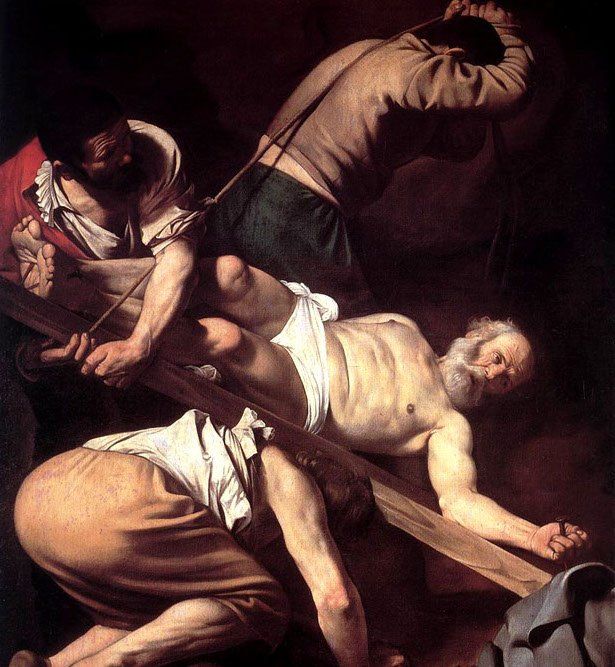09 - REPRODUCTION IN ART
Walter Benjamin proposed that the ‘aura’ of a work of art is devalued by mechanical reproduction i.e. the action of mechanical reproduction diminishes the original art work by changing the cultural context (original vs, copy); thus, the ‘aura’ (the unique aesthetic authority) of an artwork is absent from the mechanically produced copy.
With the reproduction of a work of art, alongside the loss of its ‘uniqueness’, comes greater accessibility. Accepting the risk the reproduction entails, its importance is invaluable: it makes access to art more democratic.
Whilst Caravaggio’s The Crucifixion of St. Peter is evidently unique, its prints and image reproduction allow people who don’t have the opportunity to visit Rome to appreciate the masterpiece.
Even if reproduction means the loss of the ‘aura’, what is not lost is the aesthetic pleasure one might have, which in turn enriches life. And, as the work of art is not art without the interaction with a receptor (public), we could say reproduction enriches the original as this is re-interpreted and re-created by a larger audience.
Is the work devalued by this reproduction?

